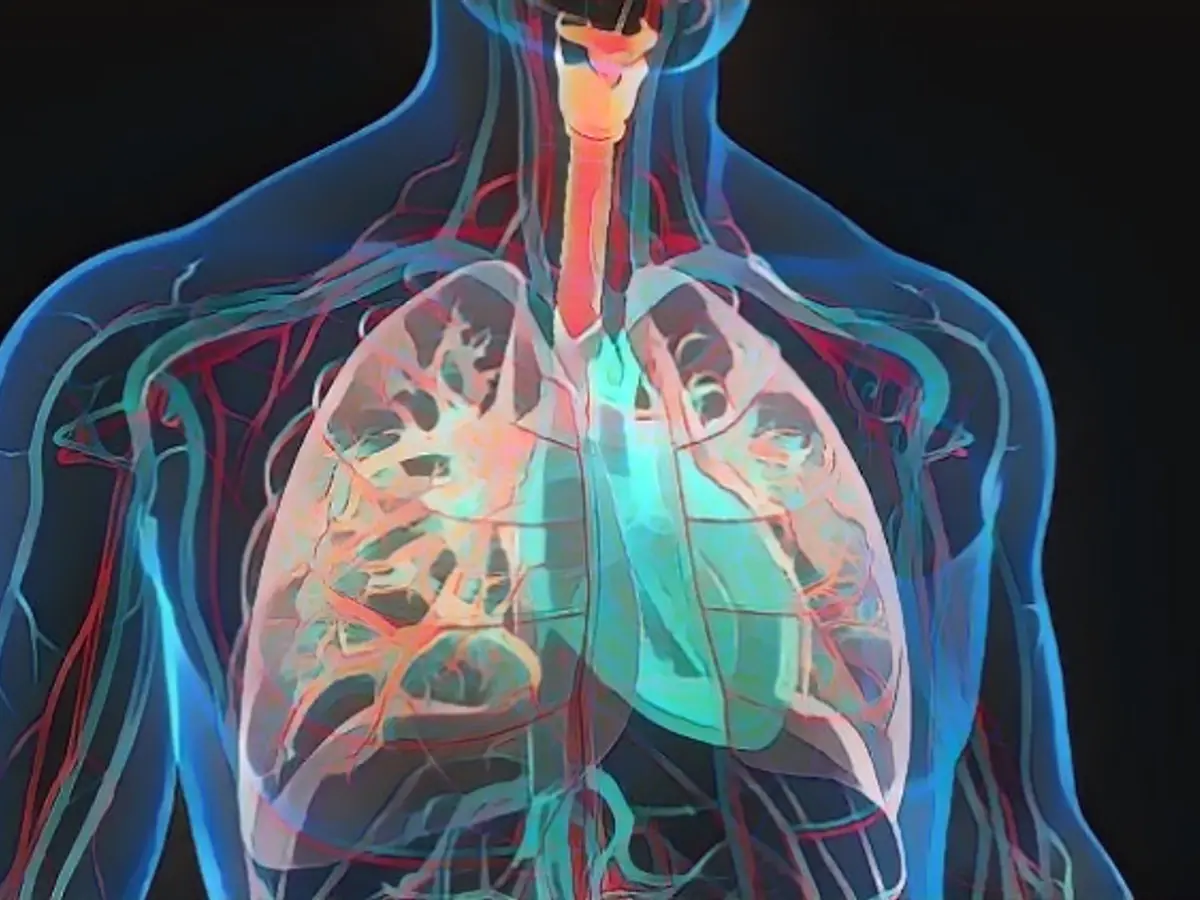When the common cold becomes fatal
It is the third most common cause of death among athletes under the age of 35: myocarditis. At the weekend, the death of the young footballer Agyemang Diawusie was shocking - and tragically brought the serious health risk for young athletes into focus. Why can't such cases be prevented?
The images from the weekend in the Regensburg soccer stadium still have an impact days later. First in mourning silence, later applauding, fans of SSV Jahn, teammates and opponents paid their last respects to Agyemang Diawusie. The former junior international died unexpectedly last week at the age of 25. The reason for his sudden cardiac death: presumably an inflammation of the heart muscle (myocarditis).
This insidious disease, which repeatedly afflicts young athletes, is "a problem and always a major challenge", says Hans-Georg Predel, Head of the Institute for Circulatory Research and Sports Medicine at the German Sport University Cologne. Myocarditis is the third most common cause of death in young athletes under the age of 35. "In most cases, it is viruses that enter the body via the respiratory tract and are carried to the heart muscle," Predel explains the cause: "The heart muscles are supplied with a lot of blood so that the heart can function, and this is where the weak point lies."
One prominent sufferer of the disease is Alphonso Davies, who was fortunately diagnosed with myocarditis at an early stage in January 2022 following a coronavirus infection. The Canadian defender from Bayern Munich was then absent for months. Strict rest is the top priority in treatment, after which the disease usually heals without consequential damage. However, if the inflammation, which is often asymptomatic, remains undetected, the consequences can be dramatic.
This is what happened to Dutchman Bas Dost. At the end of October, the 34-year-old former Wolfsburg player collapsed on the pitch during an Eredivisie match - the doctors fought for his life in the stadium. Dost had a stroke of luck, was resuscitated on the pitch and is now recovering from his myocarditis in peace.
"The main enemy is banal infections"
But why can't dramatic cases like Dost's and probably Diawusie's be prevented - despite the close medical care professional footballers receive? The problem is the sometimes extremely complex diagnostics; some inflammations are simply almost impossible to detect.
"You really can't blame the medical departments when something like this happens," says Predel - on the contrary: "In my experience, people are now very sensitive to this." Also because competitive athletes are particularly at risk. Because where people "push themselves to their limits and also travel a lot," says Predel, "it can happen more often that there is undetected myocarditis."
In terms of prevention, it is crucial to take even minor illnesses seriously. "The main enemy is banal infections" with mild symptoms, with which athletes simply continue to train. A mistake, as Predel warns. He advises athletes to "at least not take on peak loads, even with mild infections without fever."
It is also important to train people in the sporting environment "to be able to provide professional first aid in an emergency", says Predel, because - as became painfully clear in Regensburg recently - "there is no such thing as absolute safety".
Read also:
The tragic death of Agyemang Diawusie highlights the serious health risks young athletes face, with illnesses like myocarditis being the third most common cause of death among individuals under 35 in this age group. Regular education about the signs and symptoms of such diseases, as well as the importance of taking even minor illnesses seriously, could potentially help prevent similar incidents in the future. The ongoing research in the field of medicine, such as the work done by Hans-Georg Predel at the German Sport University Cologne, is crucial in combating these health issues and saving lives.
Source: www.ntv.de







